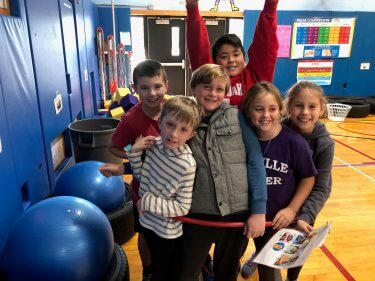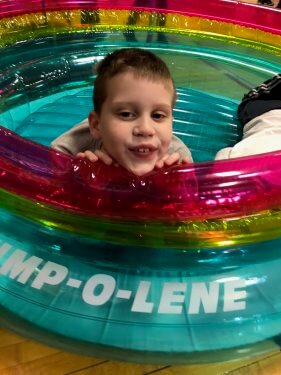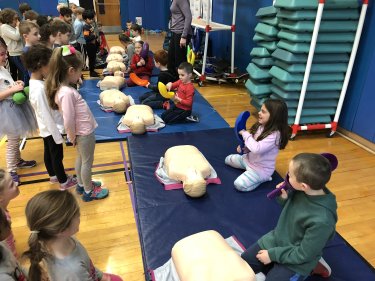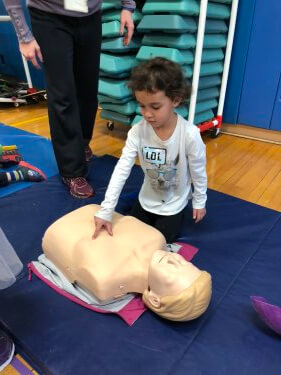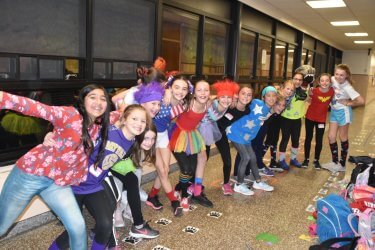(5 Minute Read)
Advocacy for health and physical education is crucial, now more than ever. During this global pandemic, we need to shout from the mountaintops how important health and physical education is for our student’s physical, social, and emotional health. The more we speak out and advocate for our profession, the more people will listen, inspiring change. Until physical education is no longer a marginalized subject and a critical component of every school’s curriculum, we need to come together and rally for our profession.
One positive outcome from teaching during a pandemic is that parents and guardians see first-hand the value of movement and fitness and how it enhances focus, attention, drive, and provides stress relief. Some physical education teachers have used this platform of teaching during the pandemic to showcase quality physical education lessons that include amazing ways of teaching physical literacy and connecting with our students. Parents are seeing physical literacy in action and are taking notice of all the changes in health and physical education from when they were children and how it has evolved.
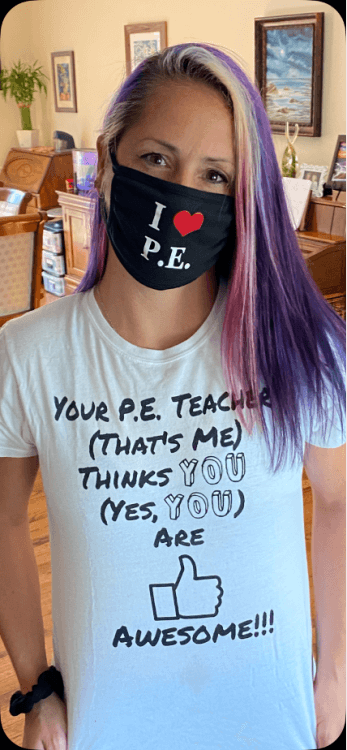
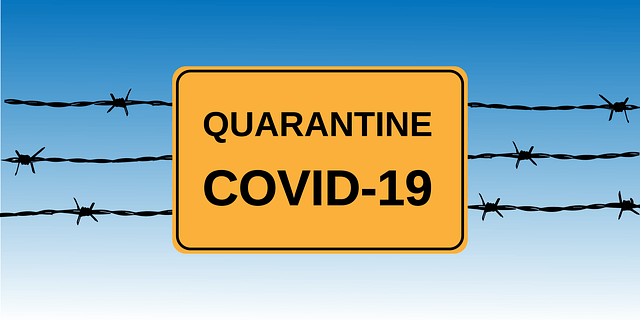
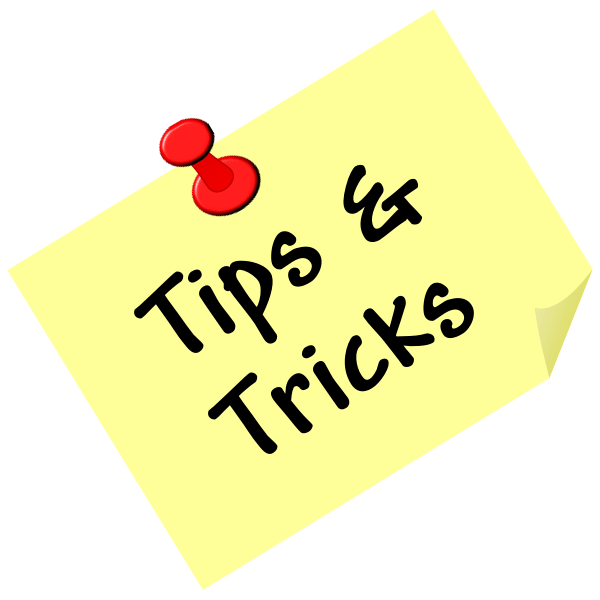
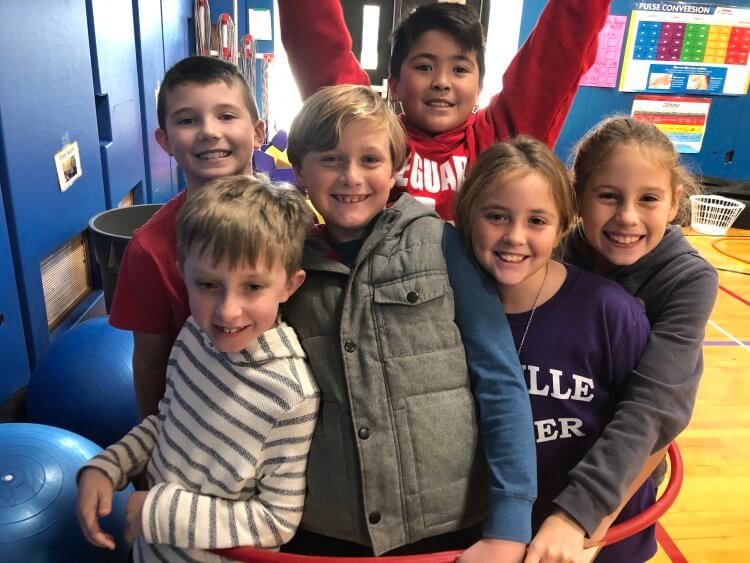
![IMG_1692[6]](http://www.pheamerica.org/wp-content/uploads/2020/04/IMG_16926-750x563.jpg)
